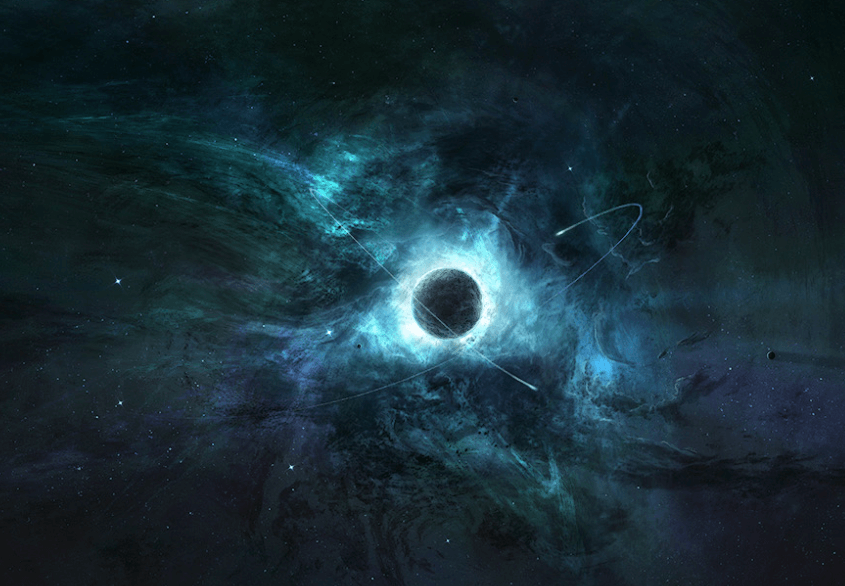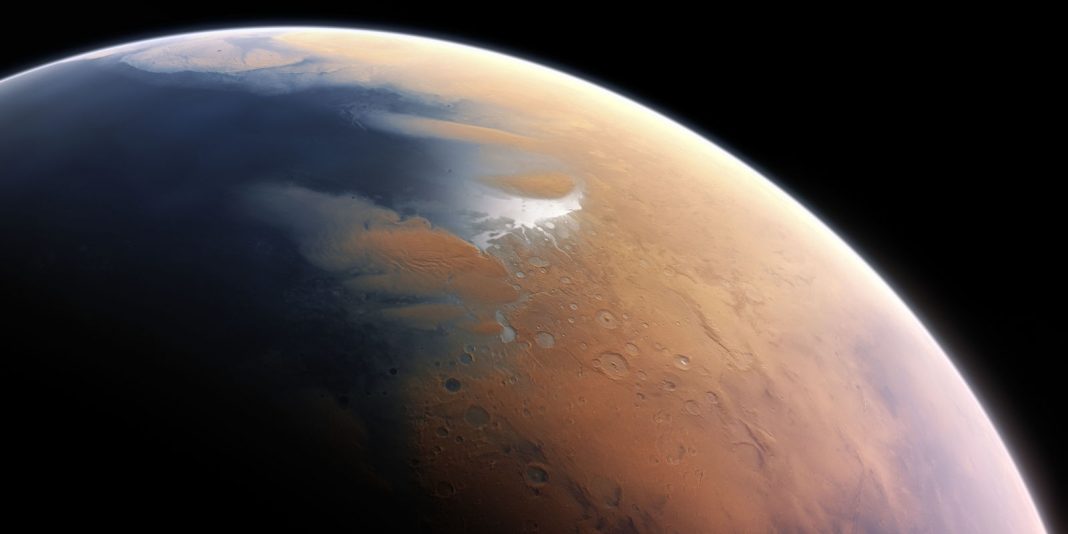Einstein’s theory of general relativity is possibly one of the most talked about subjects of physics there is. The majority of society seem to have accepted the theory, but there’s always someone out there trying to disprove it in some way. However, testing is limited by our environment, so gravity can only really be detected in the lab, or by tracking planets. And while that covers a whole range of scales and forces it doesn’t cover the area next to a black hole, which is somewhere it really could matter.
It would take a couple of decades worth of measurements to observe an orbit around a black hole, which would be a rather costly experience. Thankfully, we have telescopes that have been collecting this data for quite some time and just recently a group of scientists decided to dig out this information to try and piece it together in order to test the theory of general relativity around a supermassive black hole. The few stars that do orbit close to these black holes experience intense gravitational forces and as a result, astronomers suspect these stars may just deviate from that of general relativity.
The data pulled out by the researchers was combined in such a way that the orbital positions and velocities of two stars were mapped. From this, the researchers learned that even in this instance general relativity still stands. The new measurements also enabled new boundaries to be created on extensions to general relativity that follow a slightly modified Newtonian model. With this type of model, there’s a certain distance at which a new force is recognized. But from the measurements, we can see that any distance is relevant and any new force would have zero strength (or one that was too small to be measured). So, it looks like Einstein’s theory of general relativity stands.
Moving forward, open data is a theme that’s been emerging more often in scientific research which basically focuses on recording all this data collectively and making it much easier to access. While there are some areas where data is readily available, others are still working on it. Data from the LHC and predecessors has been available for a while now and climate scientists also have databases that are accessible for testing any analyzing trends. This trend is slowing filtering out to other branches of science, but it will be a long road yet before the subject’s truly at a state of digitization.
More News to Read











